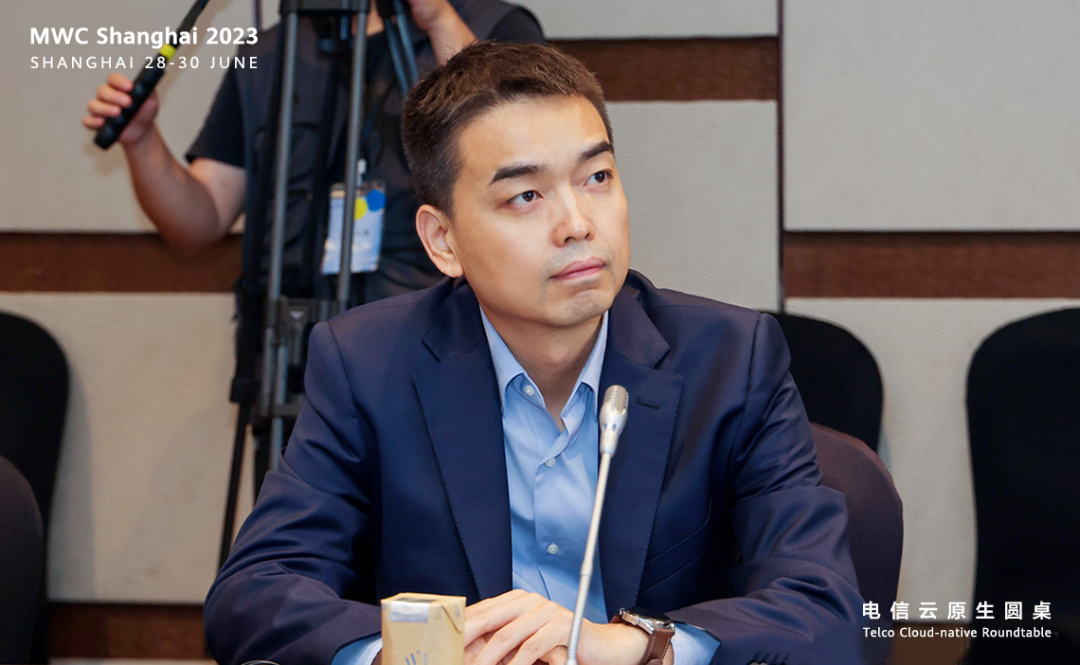Recently, ETSI organized a telco cloud-native roundtable during MWC Shanghai 2023. In attendance was George Gao, President of Huawei Cloud Core Network Product Line. During this roundtable, the progress of NFV over the past 10 years, along with its driving force, evolution approach, and future direction were summarized and discussed with ETSI members and industry partners.

Remarkable NFV achievements made in the last decade, thanks to concerted collaboration among the industry
Ten years ago, ETSI and world-leading operators jointly released the first NFV white paper, ushering in a challenging but booming decade of NFV, and greatly promoted the development of communications networks. Looking back over these ten years, the values of cloudification — such as pooled resources, distributed software, and automated O&M — have been largely realized. The industry has gradually shifted from hesitation to enthusiasm when it comes to migrating to the cloud.
The past decade has witnessed concerted and collaborative efforts in the industry. Trail-blazing operators, such as China Mobile, have built ultra-large telco cloud networks around the world to boost the development of 5G services and extend their business to new fields such as industry and homes. So far, China has over 660 million 5G connections, all of which are built on NFV-based cloud core networks.
Standards organizations such as ETSI have been committed to establishing NFV standards and innovating technologies. They have made great contributions to cross-layer, multi-vendor compatibility, interconnectivity, and automatic orchestration, laying a solid foundation for building commercial telco cloud networks.
As a major participant, Huawei is committed to customer-centricity, basic R&D, and product innovation. At the early stage of cloudification, we proposed a three-layer architecture to lead the industry. Now, we are exploring containerization with industry partners, hoping to counteract the uncertainties in business and development pace with the certainty of technologies and architectures.
5G enters the operations period, and NFV faces both opportunities and challenges
Since its initiation, NFV has faced challenges from technologies, organizations, culture, and processes. How can IT technologies be used to deliver carrier-grade high reliability, high performance, and high security? How can virtualization technologies cope with performance deterioration? How can operators efficiently integrate components and maintain their systems on the basis of decoupled software and hardware? All these call for our continuous efforts in the next decade.
Marked progress has already been made. For example, we have built an eight-level disaster recovery system with China Mobile and proposed the rock-solid reliability solution for cloud networks, implementing 99.999% reliability on COTS hardware and realizing the world's first cross-DC DR switchover involving tens of millions of subscribers.
Overcoming these challenges and achieving business value require not only advanced technologies, but also cloud-based architectures as well as operators' adaptive organizational structures, capabilities, talent, processes, and culture. As 5G deployment progressed, leading operators have transitioned from the construction phase to the operations phase. However, many obstacles remain in the way of NFV:
First, considering the extreme complexity of the cloud-based network, manual intervention is still required in many operation scenarios. As containers and microservices keeping involved, O&M will become even more complex and cumbersome. Therefore, an ETSI standard-compliant automatic O&M architecture is required for simpler and more convenient O&M.
Second, to protect operators' investment, help them shorten the TTM of new services, and develop more 5G services, we need to facilitate the evolution of existing NFV networks to container-based telco clouds.
Third, we need to break the technology silos to better leverage the strengths of the ETSI NFV standards, telco cloud open-source solution, public cloud solution, and IT private solution for the development of the telco cloud.
From 5G to 5.5G, towards the next golden decade of NFV
5G core network services are evolving towards 5.5G intelligent core. With the acceleration of intelligence, NaaS business opportunities will be reactivated. The evolution of telecom networks poses higher requirements on NFV technologies, such as intent-based declarative management and higher-level intelligence, which will continuously drive the automation of telecom networks. To resolve these challenges, all players in the industry need to work closer together for the next golden decade of NFV.

